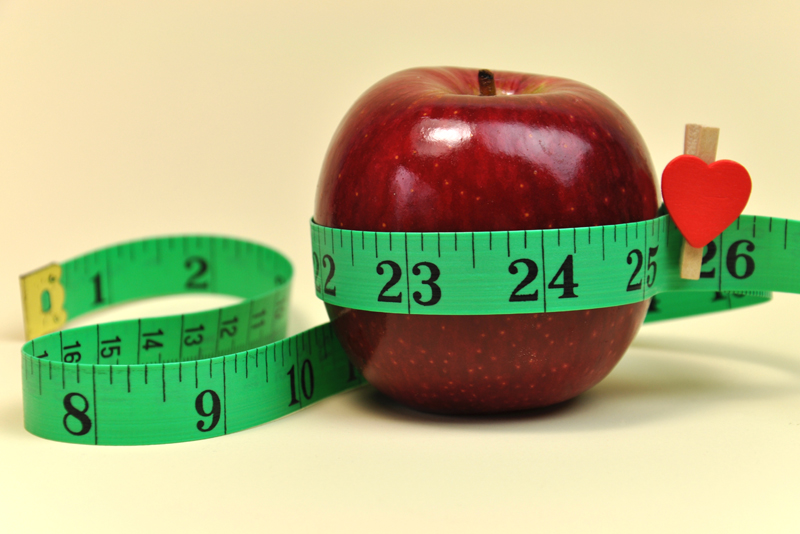Removing Mercury from your Body

Mercury is a heavy metal that collects in the human body over the years. Up to 8% of women of childbearing years have enough mercury in their bodies to harm a fetus. How can you remove it?
Where does Mercury Come From?
First, mercury used to be used in dental fillings, so many people who had cavities in the past few decades now have a mouth full of mercury. That mercury slowly leeches out into the person's system. Dentists now have machines that detect mercury vapor - you chew a stick of gum to get the saliva going, and then breathe into the machine. If you have any fillings in your mouth, this is well worth doing. I have a friend who had MANY serious immune problems and once she removed her fillings she got better the very next day. I have heard about many other people who had the same results.
Second, mercury is naturally found in the ocean. Since it accumulates in a body over time, it is the large, old fish who have the most mercury in them - and therefore are the fish that you can get the most mercury from when you eat them. Scientists now recommend that even light-mercury fish like tuna only be eaten once a week to avoid mercury poisoning.
These two sources account for the vast majority of mercury found in modern day people.
Detecting Mercury Problems
The two main ways to detect mercury in a human body are through the dental test mentioned above, and through your hair. Mercury accumulates in hair and a simple test can be done to determine your mercury levels. There are also 24-hour urine tests available. Talk to your doctor about having a mercury test done if you feel you might be at risk.
How Does the Body Remove Mercury?
The human body has a lot of trouble ridding itself of mercury. That is why most people simply keep accumulating mercury over the years and develop worse and worse symptoms. The thyroids pull out the mercury and send it to the liver. The liver filters it out and sends it to the kidneys. The kidneys push it down to the bowels where it finally leaves. Even if all four systems are in perfect working order, it is easy to overload the system if you have fillings full of mercury in your head, or if you are eating a lot of mercury each week.
Helpful Vitamins for Removing Mercury
As with any operation of your body, certain vitamins and minerals are critical to help your organs perform their proper functions. In the series of events required to flush mercury from your system, these vitamins and minerals are used:
* Selenium (brazil nuts, tuna, cod, turkey and chicken)
* Iron (red meat, egg yolks)
* Zinc (beef, pork, chicken)
* Manganese (nuts, green vegetables, tea)
* Sulfur (eggs, garlic)
Cilantro has been found in many studies to do a wonderful job of removing heavy metals from the body as well.
Be sure that you have adequate levels of these five items in your diet. Note that it's interesting that tuna, which can contain a lot of mercury, also contains selenium to counteract it! Be sure to eat the "light" tuna - which is low in mercury - and not the "white/albacore" tuna, which is high in mercury.
Historical Note: The phrase "mad as a hatter" comes from the poisoning that those who made hats from felt got. They were slowly poisoned from the mercury in the felt. The mercury would cause tremors and other symptoms.
UPDATE: A reader has written me stating that all mercury in the ocean comes from pollution. This is not true. While we do pollute many things and we should always strive to pollute less, the vast majority of ocean mercury is natural to the ocean. Mercury is a natural metal found in the Earth. We should certainly not make things worse - but we are not responsible for most of the Mercury we find in fish in the ocean.
Fish and Mercury Recommendations Under Review
Mercury in Fish Chart
Garlic Lowers your Cholesterol

Lisa Shea's Library of Low Carb Books
Where does Mercury Come From?
First, mercury used to be used in dental fillings, so many people who had cavities in the past few decades now have a mouth full of mercury. That mercury slowly leeches out into the person's system. Dentists now have machines that detect mercury vapor - you chew a stick of gum to get the saliva going, and then breathe into the machine. If you have any fillings in your mouth, this is well worth doing. I have a friend who had MANY serious immune problems and once she removed her fillings she got better the very next day. I have heard about many other people who had the same results.
Second, mercury is naturally found in the ocean. Since it accumulates in a body over time, it is the large, old fish who have the most mercury in them - and therefore are the fish that you can get the most mercury from when you eat them. Scientists now recommend that even light-mercury fish like tuna only be eaten once a week to avoid mercury poisoning.
These two sources account for the vast majority of mercury found in modern day people.
Detecting Mercury Problems
The two main ways to detect mercury in a human body are through the dental test mentioned above, and through your hair. Mercury accumulates in hair and a simple test can be done to determine your mercury levels. There are also 24-hour urine tests available. Talk to your doctor about having a mercury test done if you feel you might be at risk.
How Does the Body Remove Mercury?
The human body has a lot of trouble ridding itself of mercury. That is why most people simply keep accumulating mercury over the years and develop worse and worse symptoms. The thyroids pull out the mercury and send it to the liver. The liver filters it out and sends it to the kidneys. The kidneys push it down to the bowels where it finally leaves. Even if all four systems are in perfect working order, it is easy to overload the system if you have fillings full of mercury in your head, or if you are eating a lot of mercury each week.
Helpful Vitamins for Removing Mercury
As with any operation of your body, certain vitamins and minerals are critical to help your organs perform their proper functions. In the series of events required to flush mercury from your system, these vitamins and minerals are used:
* Selenium (brazil nuts, tuna, cod, turkey and chicken)
* Iron (red meat, egg yolks)
* Zinc (beef, pork, chicken)
* Manganese (nuts, green vegetables, tea)
* Sulfur (eggs, garlic)
Cilantro has been found in many studies to do a wonderful job of removing heavy metals from the body as well.
Be sure that you have adequate levels of these five items in your diet. Note that it's interesting that tuna, which can contain a lot of mercury, also contains selenium to counteract it! Be sure to eat the "light" tuna - which is low in mercury - and not the "white/albacore" tuna, which is high in mercury.
Historical Note: The phrase "mad as a hatter" comes from the poisoning that those who made hats from felt got. They were slowly poisoned from the mercury in the felt. The mercury would cause tremors and other symptoms.
UPDATE: A reader has written me stating that all mercury in the ocean comes from pollution. This is not true. While we do pollute many things and we should always strive to pollute less, the vast majority of ocean mercury is natural to the ocean. Mercury is a natural metal found in the Earth. We should certainly not make things worse - but we are not responsible for most of the Mercury we find in fish in the ocean.
Fish and Mercury Recommendations Under Review
Mercury in Fish Chart
Garlic Lowers your Cholesterol

Lisa Shea's Library of Low Carb Books
You Should Also Read:
Removing Lead from your Body
Coriander / Cilantro

Related Articles
Editor's Picks Articles
Top Ten Articles
Previous Features
Site Map
Follow @LisaLowCarb
Tweet
Content copyright © 2023 by Lisa Shea. All rights reserved.
This content was written by Lisa Shea. If you wish to use this content in any manner, you need written permission. Contact Lisa Shea for details.










